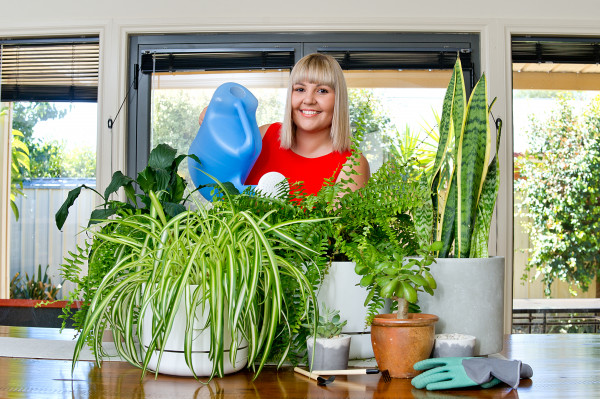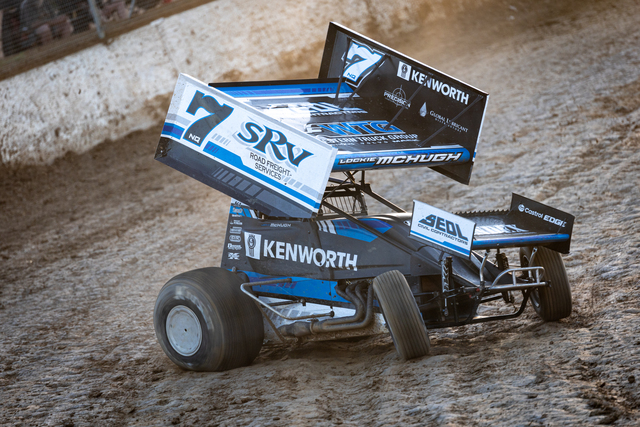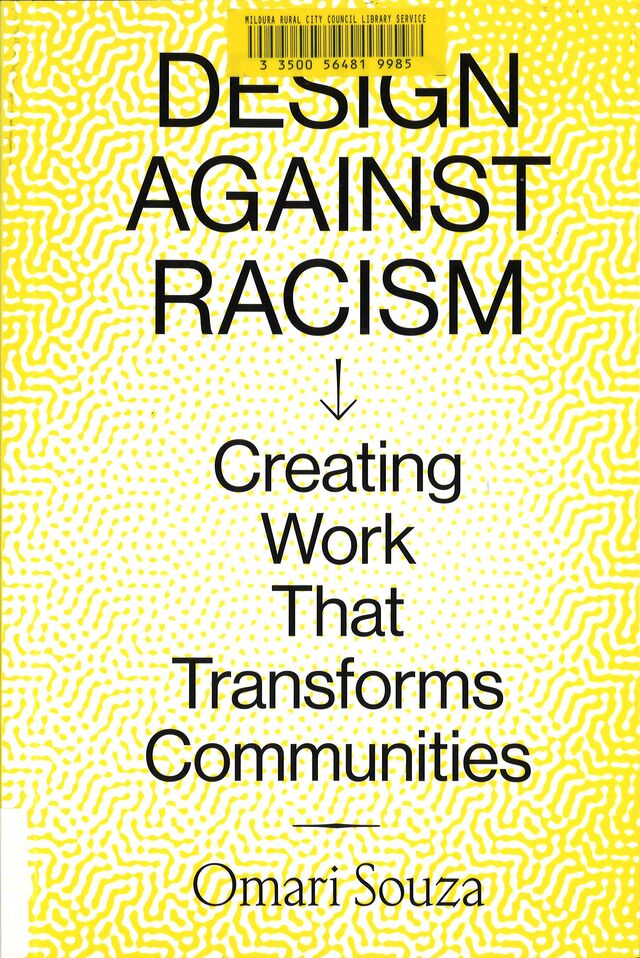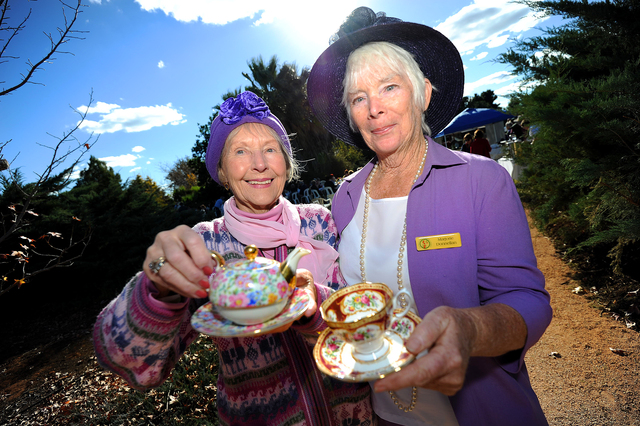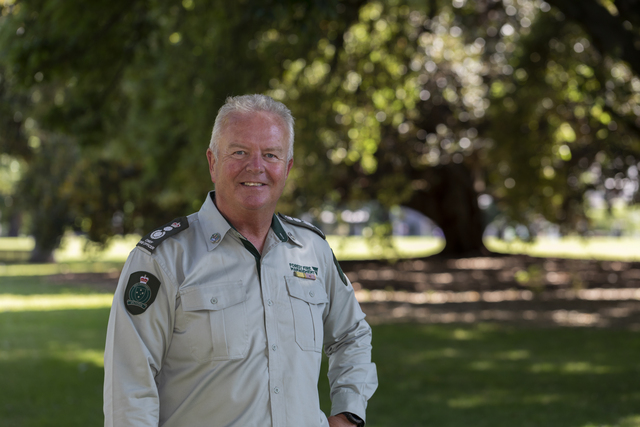Having your own garden can really make a place feel like home. But if you’re renting, is it really worth all the effort and money planting your roots into a place that won’t be yours forever? Consider moving your garden indoors. Self confessed “plant lady” Carmel Zaccone shares her top tips about moving your garden indoors.
YOU have the freedom to put plants wherever you would like.
Don’t like it in that spot? Move it. Put it on a plant stand, on the windowsill, hang it in your kitchen, place it in a standing pot, the possibilities are endless.
Purify your temporary space with greenery and make it a place to call home.
Basic necessities
Soil and fertilizing: Premium potting mix is recommended for indoor plants. Keep your potting soil moist especially during warmer days.
Once the plants have consumed the nutrients in the soil, usually after two months, fertilizing is a must in order for your plant to continue healthy growth.
For indoor use, the best suited is liquid fertilizer and can be added to your watering can. Depending on the type of plant, this will impact how much fertilizer is needed and how often.
Watering: Water only when soil is dry. Certain plants only need minimum water consumption; too much water may kill your plant and vice versa.
Make sure your plant pot has a drainage hole. Drainage holes allow excess water to seep out of pots that the plant does not consume. Drainage holes also ensure that excess water does not pool at the bottom of your pot, helping to protect the roots from developing rot, fungus and bacteria. An alternative is a self-watering planter.
Self-watering planters: Are designed to minimise water loss, encourage healthy root growth and reduce the stress of forgetting to water your plant.
Self-watering planters have an inner pot which holds the soil and plant, and an outer pot or bottom reservoir that holds extra water. When the plant is in need of a drink, water is absorbed through a wick attaching the two.
Light: Place your plants near a light source – indoor plants of course still need light – filtered sunlight through your windows is usually best. Some plants can survive in darker parts of your home and some need extra light to thrive.

